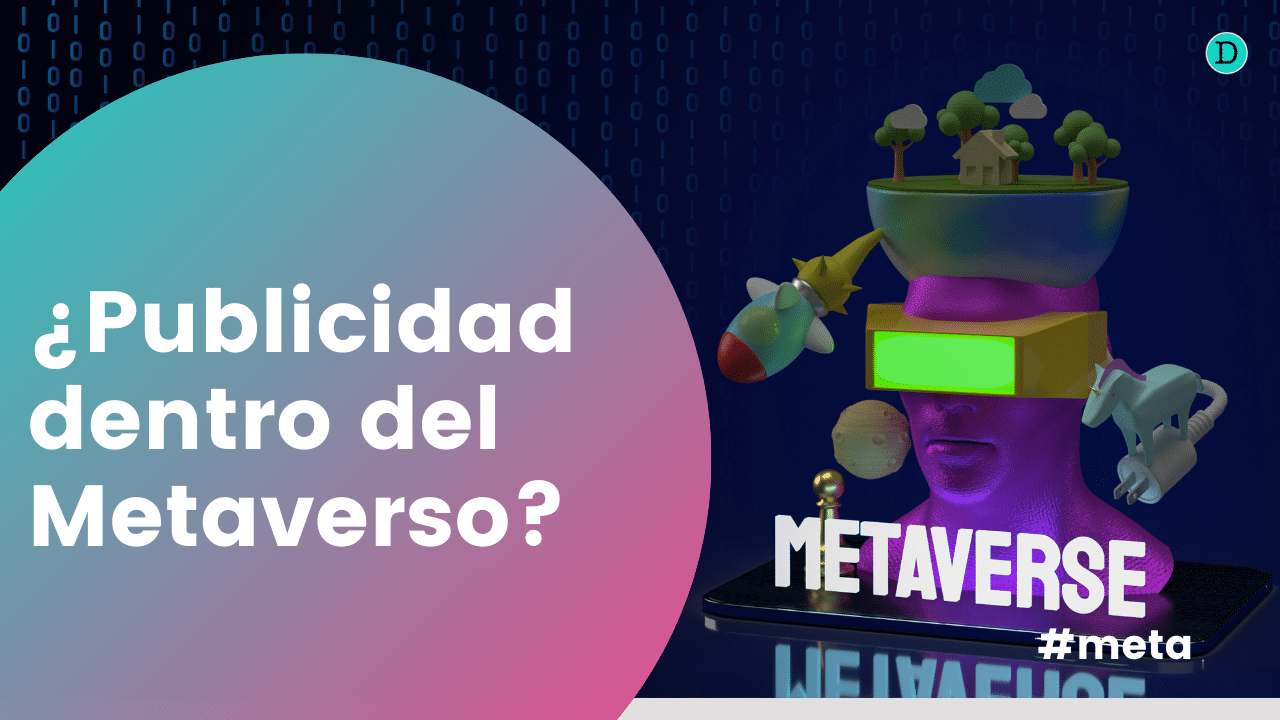Now, at the end of August 2021, it will be completed by the end of the year. Google's new algorithm update at Core Web Vitals.
They themselves have attached particular importance to it since they announced it a year ago.
They say they touch on the metrics that affect the user experienceDo I have to worry about a Google update? Yes, especially when they go to so much trouble in explaining details.
Google has finished the work on its update and will start taking into account the factors that influence in the user experience (UX) page by page, within each website.
These, of course, are related to a positioning factorfor the time being, indirectsuch as, for example, the loading speed.
The same as happened with the update of mobile contentsaid that it will be one of the many factors influencing the positioning and that the exchange will be gradual. They gave plenty of warning and the time has come, so we'll have to get on with it, won't we?
Since the Core Web Vitals are now in Search Console, I wanted to do a quick round-up of the tidbits I found while researching. Maybe this'll save you a few minutes, or encourage you to test, or to watch a video. How much time do you invest in being able to save time? Focus, John
- John 🧀 ... 🧀 (@JohnMu) May 28, 2020
Once again, they have tried to make it easy with the new Page Experience Report in Google Search Console. Something that is undoubtedly another warning indicator to pay attention to changes in the Core Web Vitals.
Here you can find really useful information about which pages are affected by the different metrics, such as the number of LCP, FID and CLS.
But what exactly are Web Core Vitals?
It could be considered that the user experience is a purely qualitative process and depends on the type of user.
Well, that's not quite the case, or at least not as far as Google and its attempt from to bring it into the realm of figures.
As if it were a performance indicator within a website, or KPI, these figures measure how long the loading process takes on a web pagethe extent to which the interactivity without intrusive elements and what is the visual stability of the page.
The term LCP stands for Largest Content Paintful. It can be translated as the content that takes the longest to paint, a term widely used in programming language and which obviously refers to the time it takes for content to appear on the screen.
It is the measurement of element of a website that the longer it takes to charge. A user experience with an LCP greater than 2.5 seconds should be improved and above 4 seconds is critical.
The First Input Delay and the Cumulative Layout Shift measure the level of interactivity and stability on a website.
That is, as mentioned above, how easy we make it for the user to interact with our content.
The FID focuses on elements such as clic at linksdeploy the menufill in a form…
The figures for CLS at visual stabilitywill be determined by how many elements move on the page in question and what percentage of the page they occupy.
So, what do I do now with the Google update?
First of all, if this is the first time you hear about this, or if you are not well versed in this particular subject, you can start with the measurements. Google has its own section for developers, Chrome Dev Tools.
You are probably familiar with this Google service, and if you didn't know about it, you should pay attention to the data and recommendations about your website that are shown here.
You can check the information in Web Core Vitals and other essential aspects that affect the positioning of your pages.
You can also start checking data, page by page and in a comfortable way, with the Core Web Vitals browser extension. This remains active by default in any website you visit and gives you the 3 main metrics, LCP, FID and CLS.
Of course, you should go to the User Experience Report at Google Search Consolebut it is not always a good place to start. Its report is still small and in test mode, and there is a lot of information that can overwhelm you.
Secure https protocol, image formats and loading speed
To get with the figures in Core Web VitalsUnless you have training or experience in programming or web site administration, experience can be a somewhat complicated task.
Factors such as the choice of hosting are somewhat easier to take on board and can bring improvements.
The optimised and minification from codeor the extent to which we carry the Java resources of the website, the embeddings of tracking code or the construction site, are other main factors that obviously require more technical details.
As always, the Californian giant has taken the trouble to remind us that it will not stop attending other factors of positioning already known and which also influence the loading speedand therefore also in the user experience.
They want images in your preferred formats such as web.p or svg which help to optimise and will reward you if you choose them.
Of course, there is no question of presenting a website without https security protocol.


